During the infant years of the automotive industry, trial and error ruled the day, allowing designers and engineers to rely on gut feeling or intuition to establish what would work and what would appeal to the public. However, automakers found a harmless way to present ideas in public; concept cars. Over the years, concept cars have offered invaluable insight into the brand's future thoughts in terms of technology and design.
Other times, concept cars have also served as a means for automakers to gauge public perception of future production cars, allowing them to take criticism and concerns before bucking the status quo. There are cases where concept cars present ideas way outside the box to grab public attention, indulge designers in the discussion, or make headlines for brand publicity. Regardless of the purpose, the public unveiling of new principles is often exciting and illustrates forward-thinking. Here are some of the coolest concept cars of all time.
10 Buick Centurion Concept
The spectacular Buick Centurion four-passenger coupe appeared at the 1956 General Motors Motorama, beaming with an impressive number of features back in the day. The red and white dream car featured a fiberglass body and a large, transparent all-glass bubble top, while a 325hp V8 engine delivered thrust.
The Centurion's cabin was so futuristic, presenting ideas such as bucket seats and the world's first rearview camera, ideas that have trickled down to the contemporary car. The crude rearview technology comprised a television camera mounted on the Centurion's V-shaped trunk and a small oval-shaped T.V. section in the dashboard's center for preview.
9 GM X Stiletto
The 1950s and '60s represented great possibilities and widespread infatuation with an aero future, and no other concept embodies that better than the GM X Stiletto. The jet age was in full swing, spawning production cars that mimicked jet designs. The two-passenger, high-performance Stiletto coupe exuded a calmed-down design of this futuristic philosophy, presented at the 1964-1965 World's Fair.
The GM X Stiletto boasted a pointed jet-inspired nose cone, one-piece windshield, clean surfaces, sharp edges, and a significantly long doorless body characterized by a stylish fastback roofline. The interior was all about aviation, with no fewer than 29 toggle switches and 31 indicator lights spread across the dashboard console and roof, not to mention a jet controller-inspired steering wheel. Innovative technology included automatic climate control, a rearview camera, ultrasonic obstacle sensors, and a three-way speaker for communication.
8 Ferrari 512 S Modulo Concept
The Ferrari 512 S Modulo was an instant head-turner, a luscious wedge-shaped supercar that Ferrari presented solely for inspiration. Presented at the 1970 Geneva Show, the Modulo concept was Pininfarina's weapon of choice to face off Bertone's impressive Lancia Stratos Zero. The Ferrari 512 S Modulo Concept featured an extremely low-riding wedge body, partly-covered wheels, canopy-style glass roof, no conventional doors, and a non-functional 550hp 5.0-liter Ferrari V-12 devoid of a transmission.
Surprisingly, the Ferrari concept walked away with 22 international design awards, providing the necessary feedback and inspiration for the wedge-shaped Ferraris of the 1970s and '80s. James Glickenhaus eventually bought the concept car, rebuilt the engine and transmission, and presented the fully-functional model at the 2019 Concorso d'Eleganza at Villa d'Este.
7 Alfa Romeo B.A.T
Italian design houses were actively involved in the heyday of wild concept cars, expressing breathtaking ideas such as the Alfa Romeo B.A.T in sheet metal and plastic with little regard to costs or series production. Under chief designer Franco Scaglione, Bertone created the Berlina Aerodinamica Tecnica (B.A.T.) 5,7 and 9 concept cars based on the Alfa Romeo 1900. Bertone presented these concepts at the Turin Motor Shows in 1953, 1954, and 1955.
The B.A.T projects aimed to reduce air resistance and achieve higher speeds with identical engine power, a concept that Scaglione improved upon with the first two models. The B.A.T 5 managed a claimed 0.23 Cd and the B.A.T. 7 a remarkable 0.19 Cd. The trio is undoubtedly among the most important automotive concepts ever built, pioneering innovative automotive aerodynamics while displaying the supremacy of Italian design. The B.A.T models eventually sold for $14,840,000 at an RM Sotheby's auction.
6 Lincoln Futura
When Bill Schmidt was head of Lincoln-Mercury design studio, he conceived the Lincoln Futura concept following his fascination with underwater sea life. The concept was characterized by exaggerated hooded headlight pods, prominent outward-canted tailfins on both ends, and a double, clear-plastic canopy top. Unlike most concepts from the 1950s, the Futura featured a complete powertrain mounted on a chassis derived from a Lincoln Mark II.
The Lincoln Futura debuted in 1955, a unique $250,000 Ford Motor Company project that made it the most dramatic yet successful Lincoln concept car to grace the auto show circuit. Although it never made it to production, the Lincoln Futura ended up with George Barris for $1. He later converted it into one of the most iconic movie cars of all time, the original Batmobile from the 1966 Batman T.V. Show.
5 Ford GT90
Between the legendary Le Mans-winning classic GT40s and the modern Ford GT supercar, Ford unveiled the memorable GT90 concept at the 1995 Detroit Motor Show. The GT90 served as Ford's testbed for engineering, technology, driver-oriented features, and design concepts, flaunting a futuristic retro look with an exotic jet fighter-esque profile and carbon fiber body panels.
Built by the specialized Ford SVT group, the GT90 boasted one of the craziest engines Ford has ever made; a 48-valve quad-turbocharged 5.9-liter DOHC V-12 capable of an estimated 720hp and 660lb-ft of torque. With a claimed top speed of 253mph, the Ford GT90 would have been one of the fastest production cars globally, even by today's standards.
4 Cadillac Sixteen
At the 2003 Detroit Auto Show, Cadillac unveiled the Cadillac Sixteen concept car, a project that paid homage to the automaker's 1930s flagship V16 cars. The Cadillac Sixteen's sleek, gemstone aesthetic embodied the timeless qualities of an exceptionally luxurious Cadillac super-sedan. Cadillac engineers uniquely designed and custom fabricated the chassis from welded aluminum.
The 'Sixteen' name spoke to the concept's Katech-designed V-16 engine, a 32-valve monstrosity that displaced 13.6-liters. Based on GM Gen 4 LS architecture with fuel-saving Displacement on Demands technology and mated to a modified 4-speed Hydra-Matic 4L85-E transmission, the engine produced up to 1,000hp and 1,000lb-ft of torque.
3 Mazda Furai
When Mazda comes to mind, most gearheads remember the rotary engine and the fire-breathing RX-7 and RX-8 sports cars. In 2008, Mazda unveiled the Furai concept to commemorate the automaker's international motorsports heritage and celebrate the rotary engine's 40th anniversary. The Furai boasted a new generation Racing Beat-designed 450hp 20B three-rotor Wankel engine powered by 100% ethanol.
Mazda used its innovative NAGARE (flow) design language on the Furai concept, drawing aerodynamic inspiration from the Le Mans-winning 787B. Surprisingly, the Furai weighed 1,488lbs, making it lighter than the 2016-spec Formula 1 cars. In addition, the low weight and potent rotary engine yielded a power-to-weight ratio of 0.66, three times better than the Bugatti Veyron.
2 Mercedes-Benz Biome
Mercedes-Benz has never shied away from insane ideas, but the Biome concept unveiled at the 2010 Los Angeles Auto Show was too bonkers, even for a concept car. The Biome's bodywork would be grown from two seeds that produce an ultralight BioFiber, harvested and knitted together to form the vehicle. The wheels would also be grown from four separate seeds.
Not crazy enough? Mercedes-Benz planned to power the Biome with a futuristic BioNectar4534 fuel that's not stored in a tank but the BioFiber material of the interior, chassis, and wheels. Furthermore, trees would be equipped with special receptors to collect excess solar energy and turn it into BioNectar4534. Although it still sounds utterly impossible to date, owning a vehicle that's easily disposable and seamlessly blends into the ecosystem would be cool.
1 Rolls-Royce Vision Next 100
In 2016, BMW shared its future interpretation of Rolls-Royce mobility, showcasing one of the endless possibilities of Roll-Royce vehicles in the next 100 years. Rolls-Royce prides itself on being the pinnacle of effortless travel, and the Vision Next 100 concept car embodies these values as an autonomous zero-emissions sanctuary of calm in what everyone anticipates will be an ever-faster world.
Future Rolls-Royce models will allow potential owners to architect their rides, from dimensions to form, space, and materials. The Spirit of Ecstasy is personified in the future as Eleanor, an ethereal concierge that responds to voice commands and handles most things around the vehicle. Other thought-provoking ideas include a roof canopy that opens up entirely for ingress and egress and a full cabin-width OLED display.

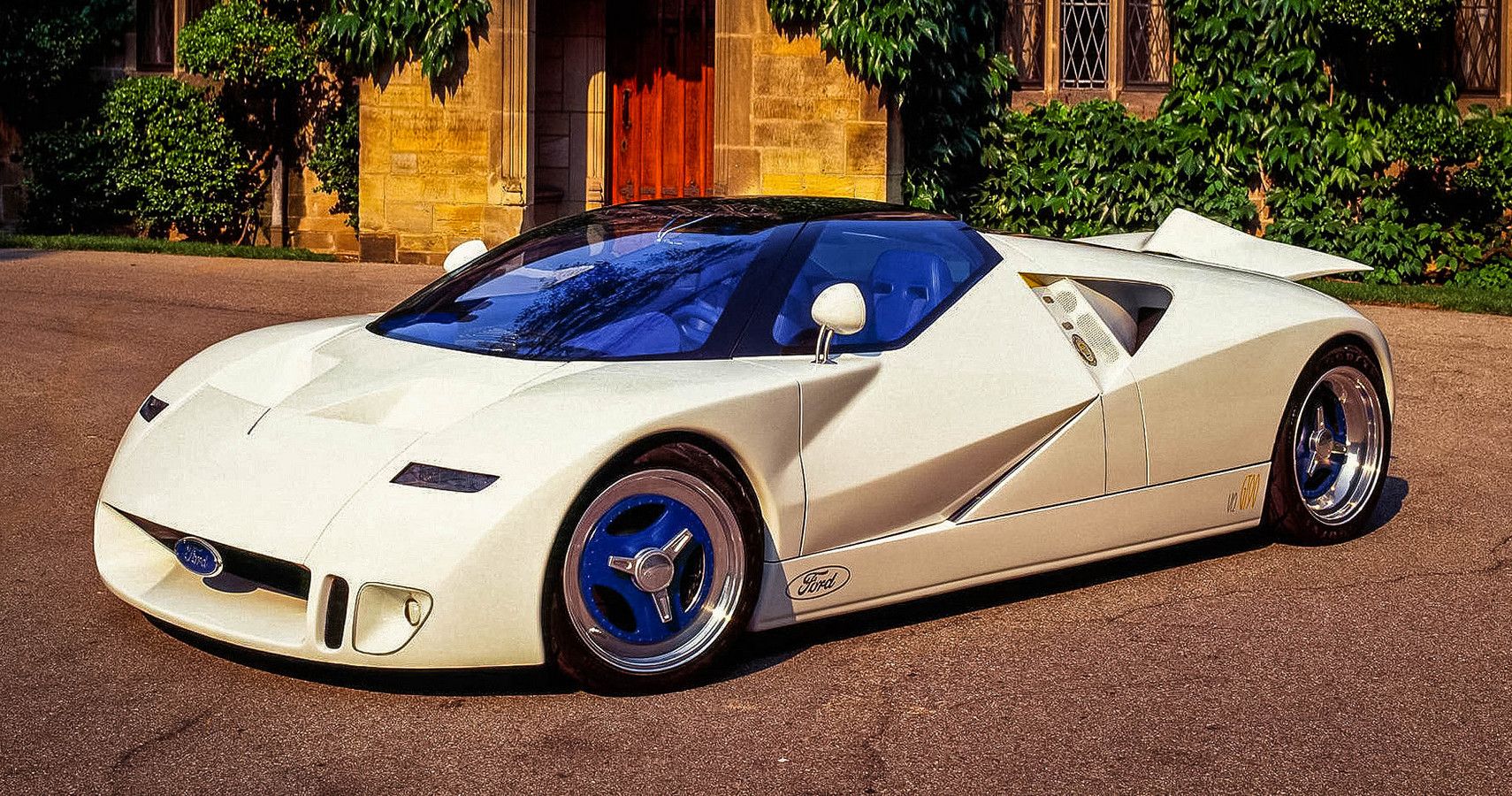
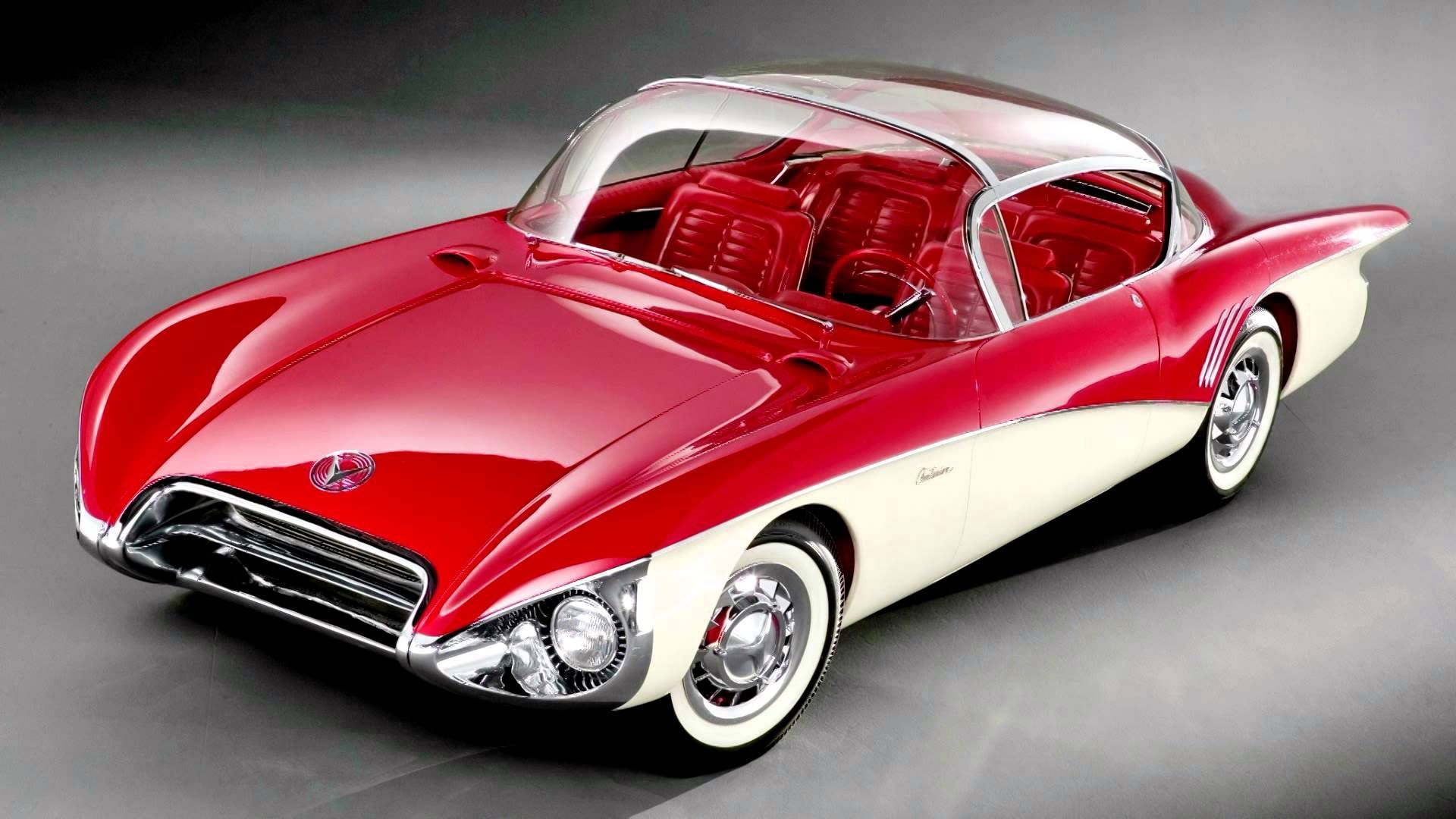
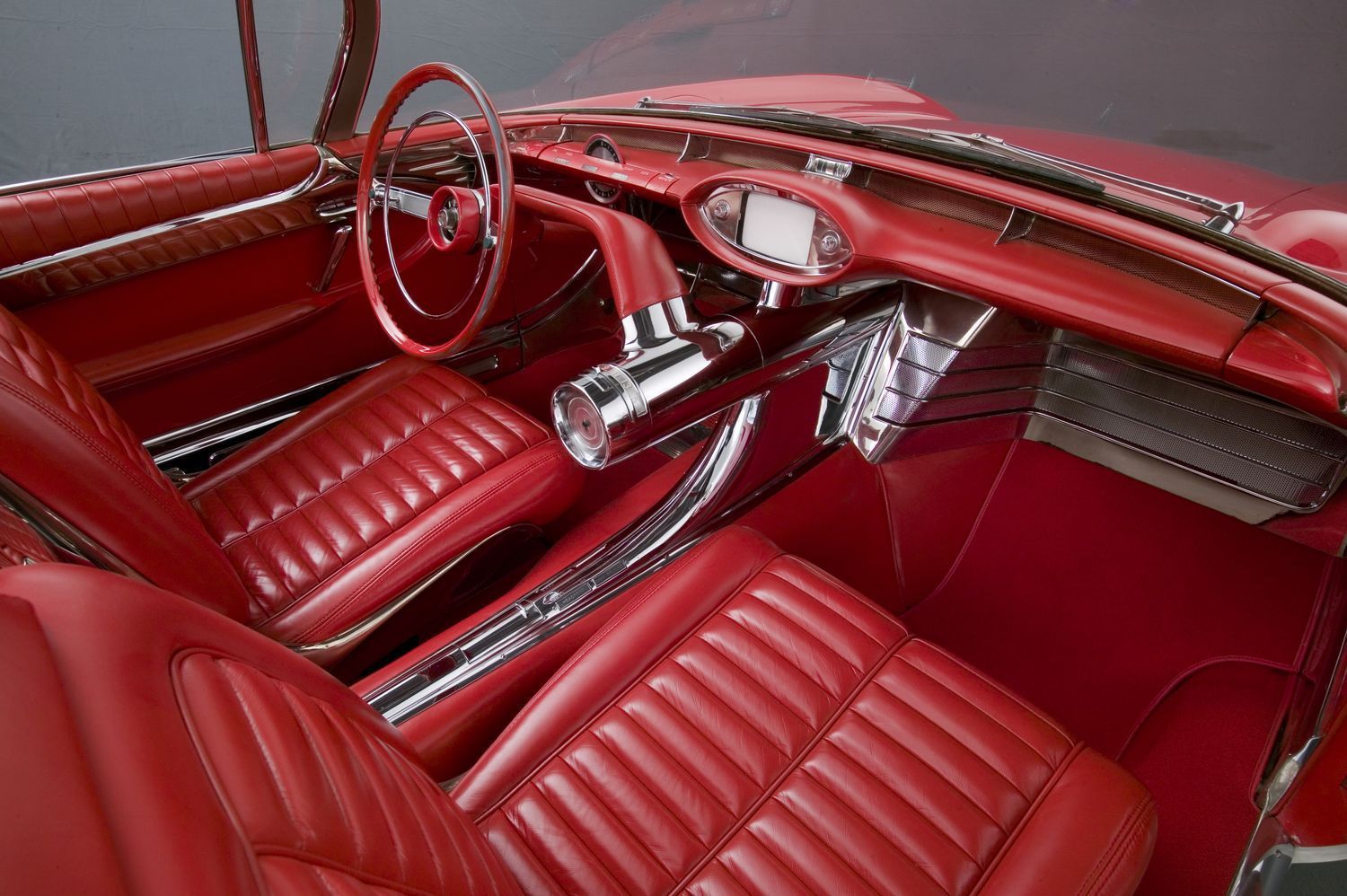
-3.jpg)
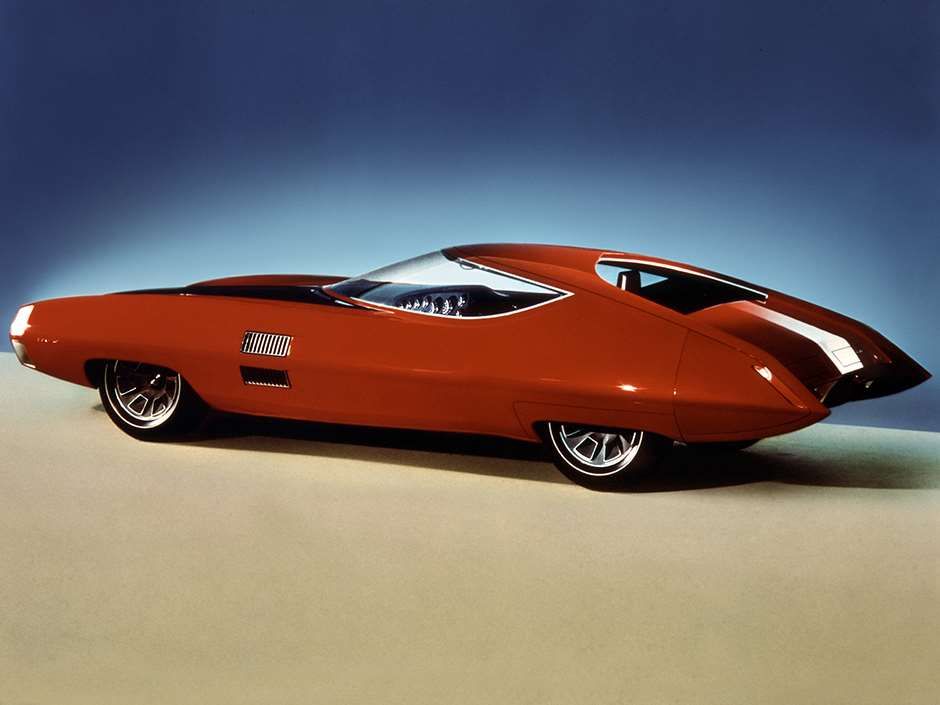
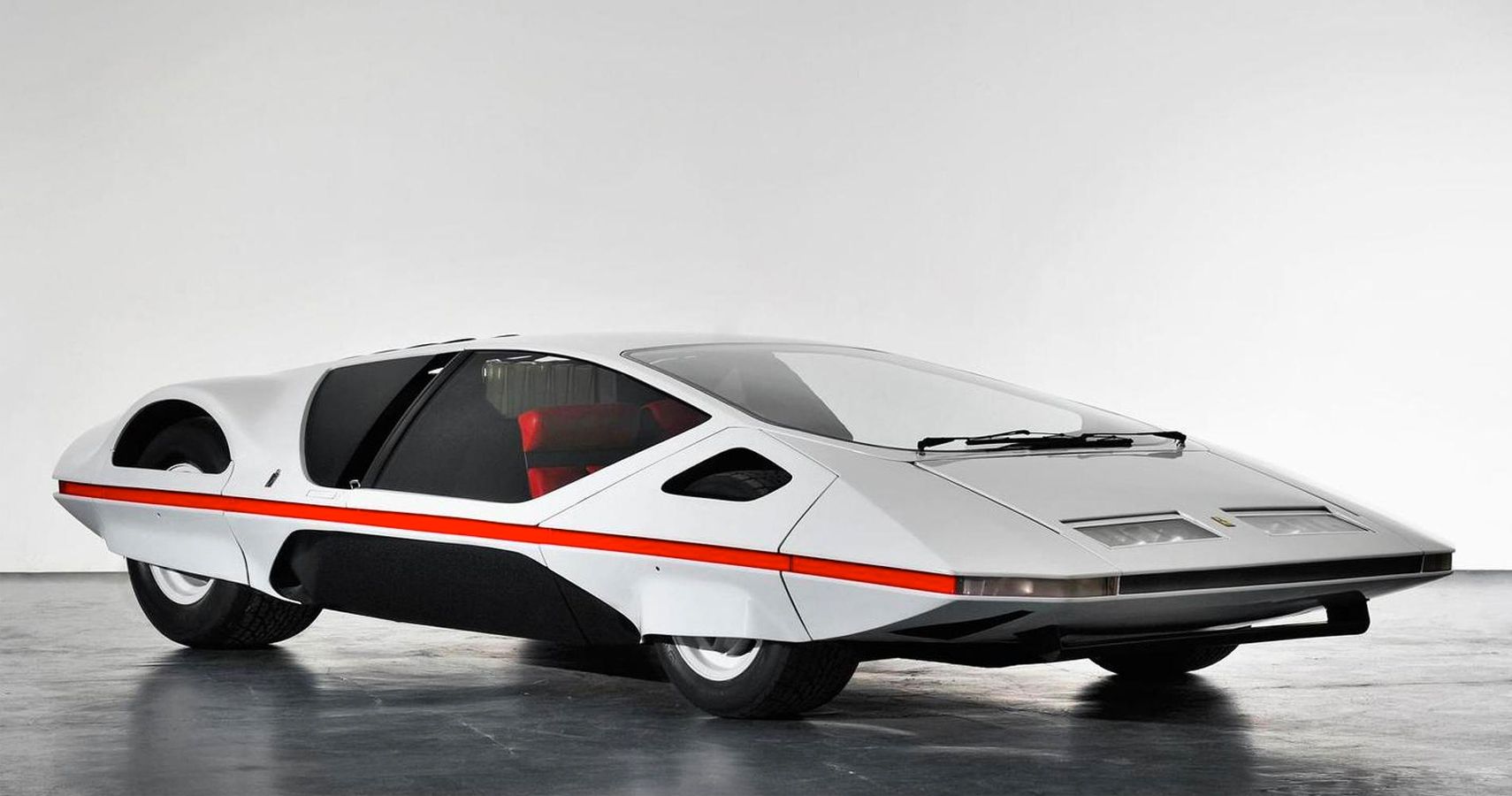

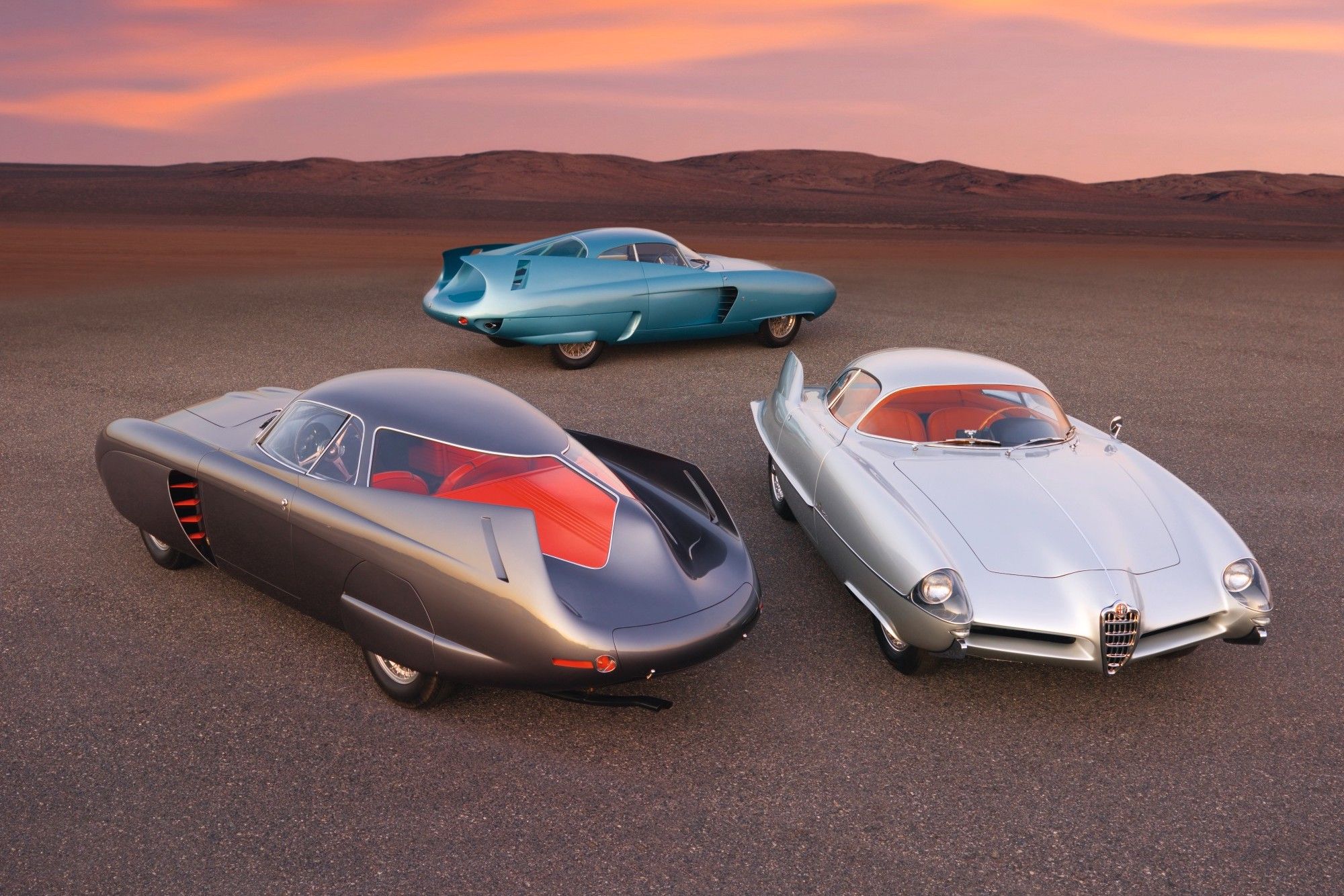
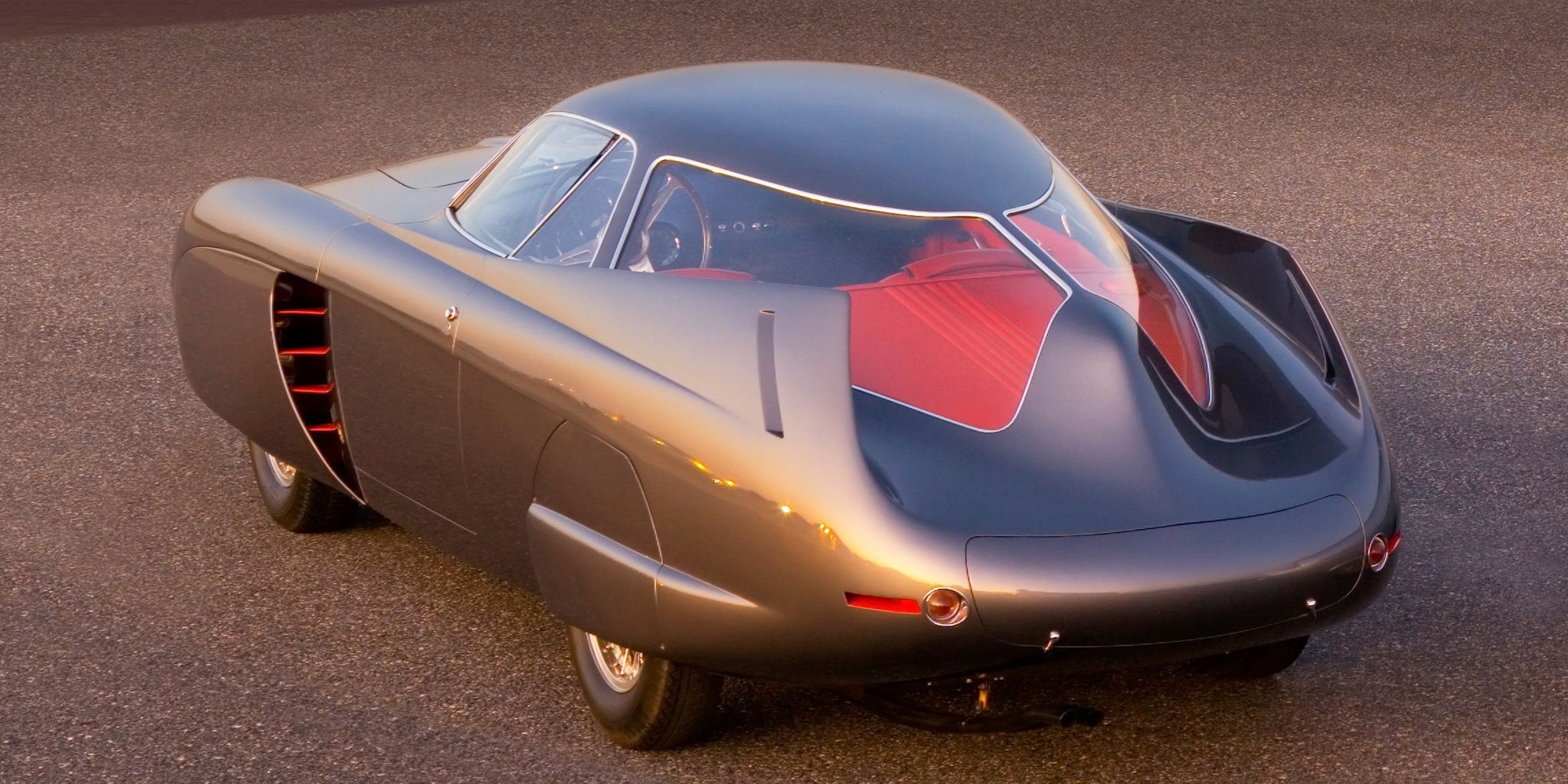
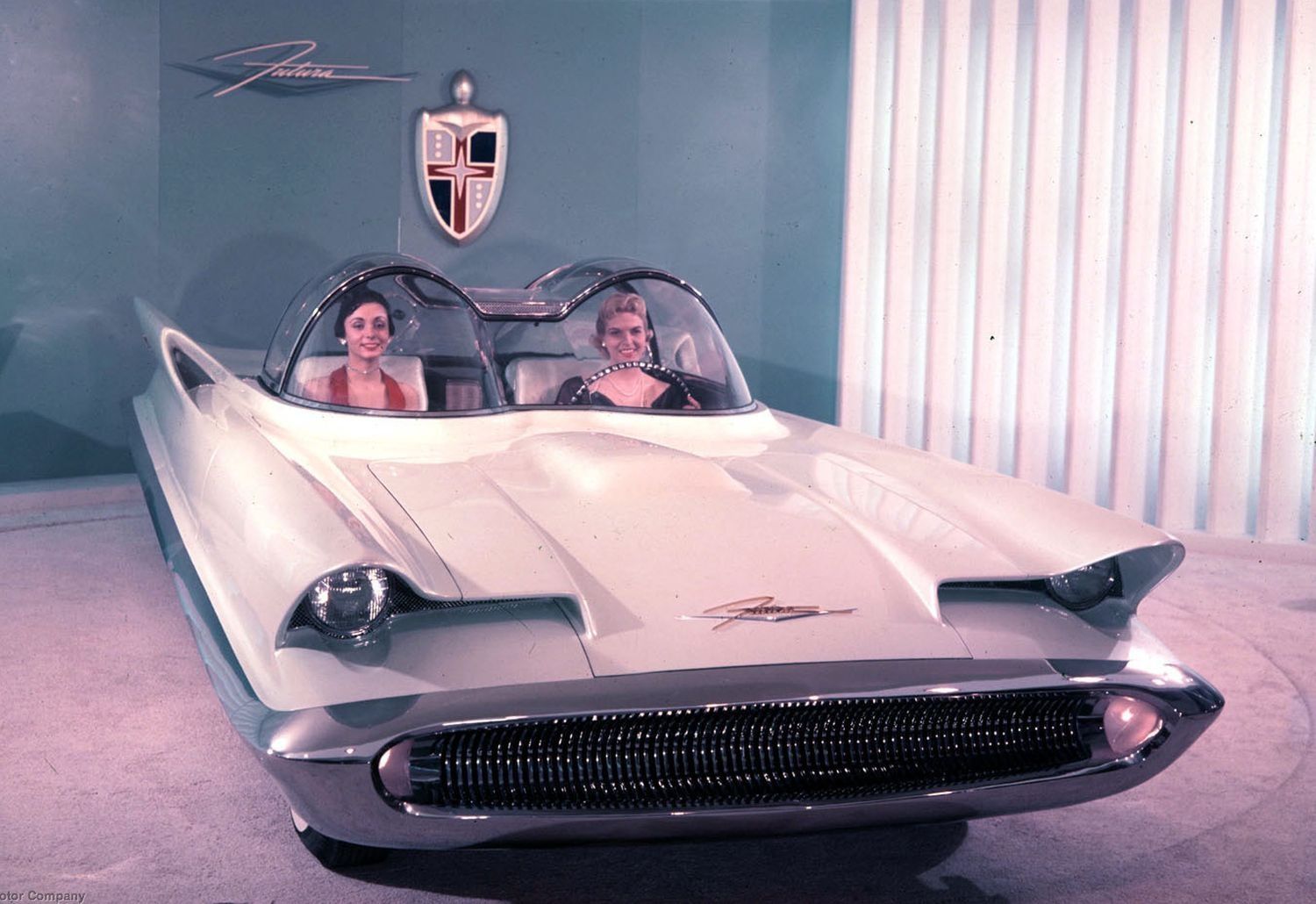
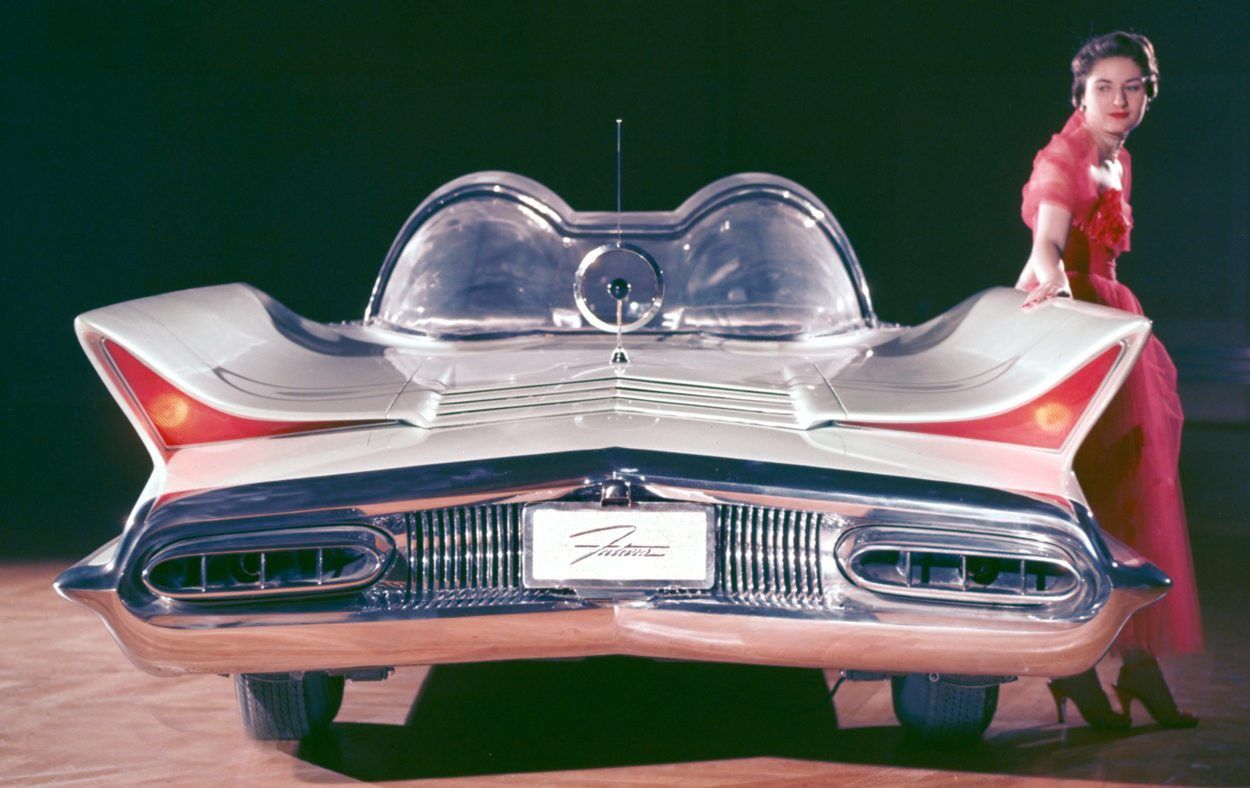
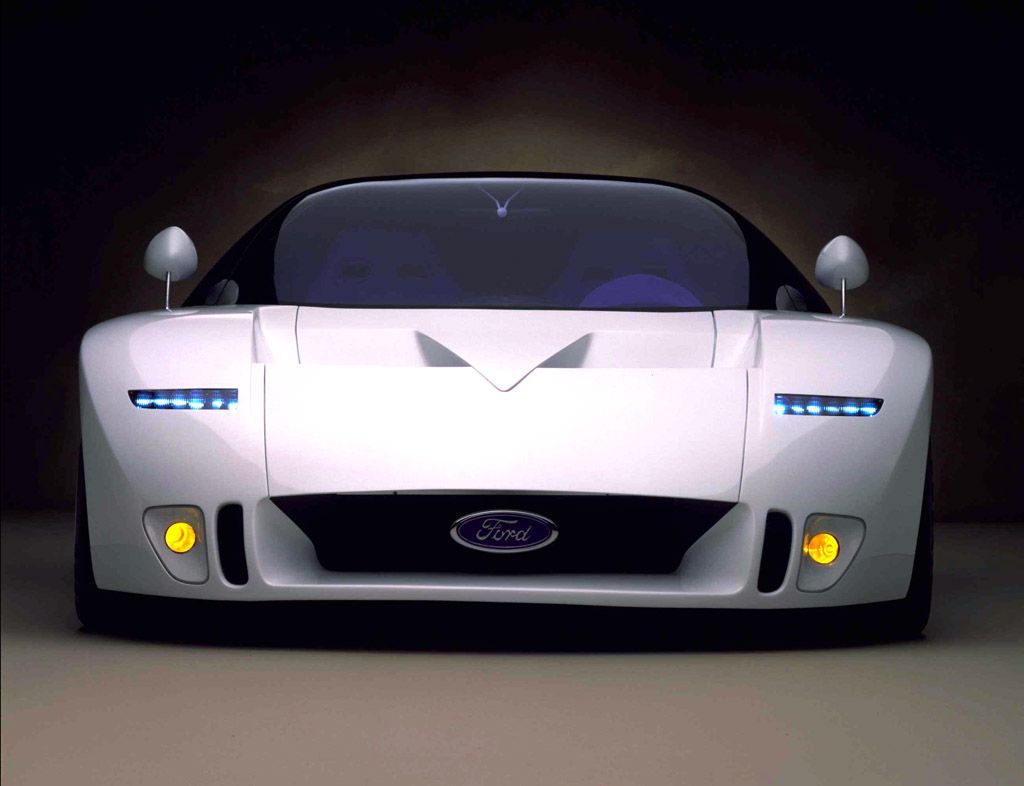
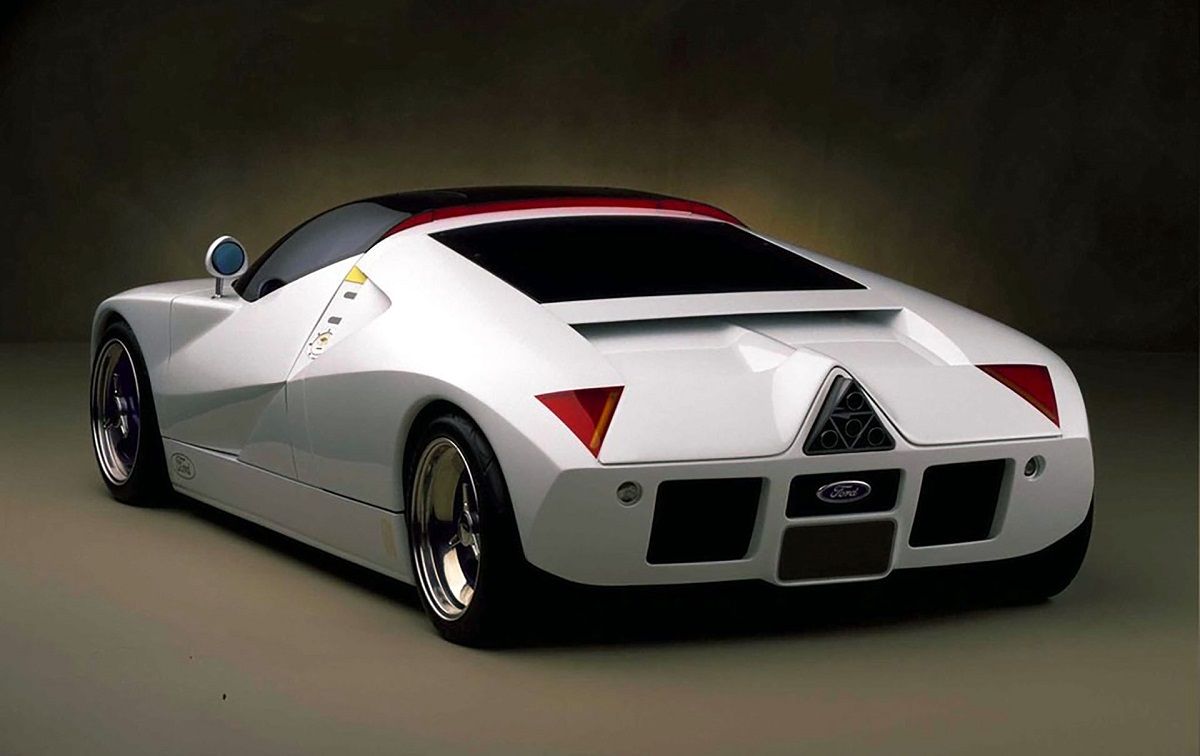
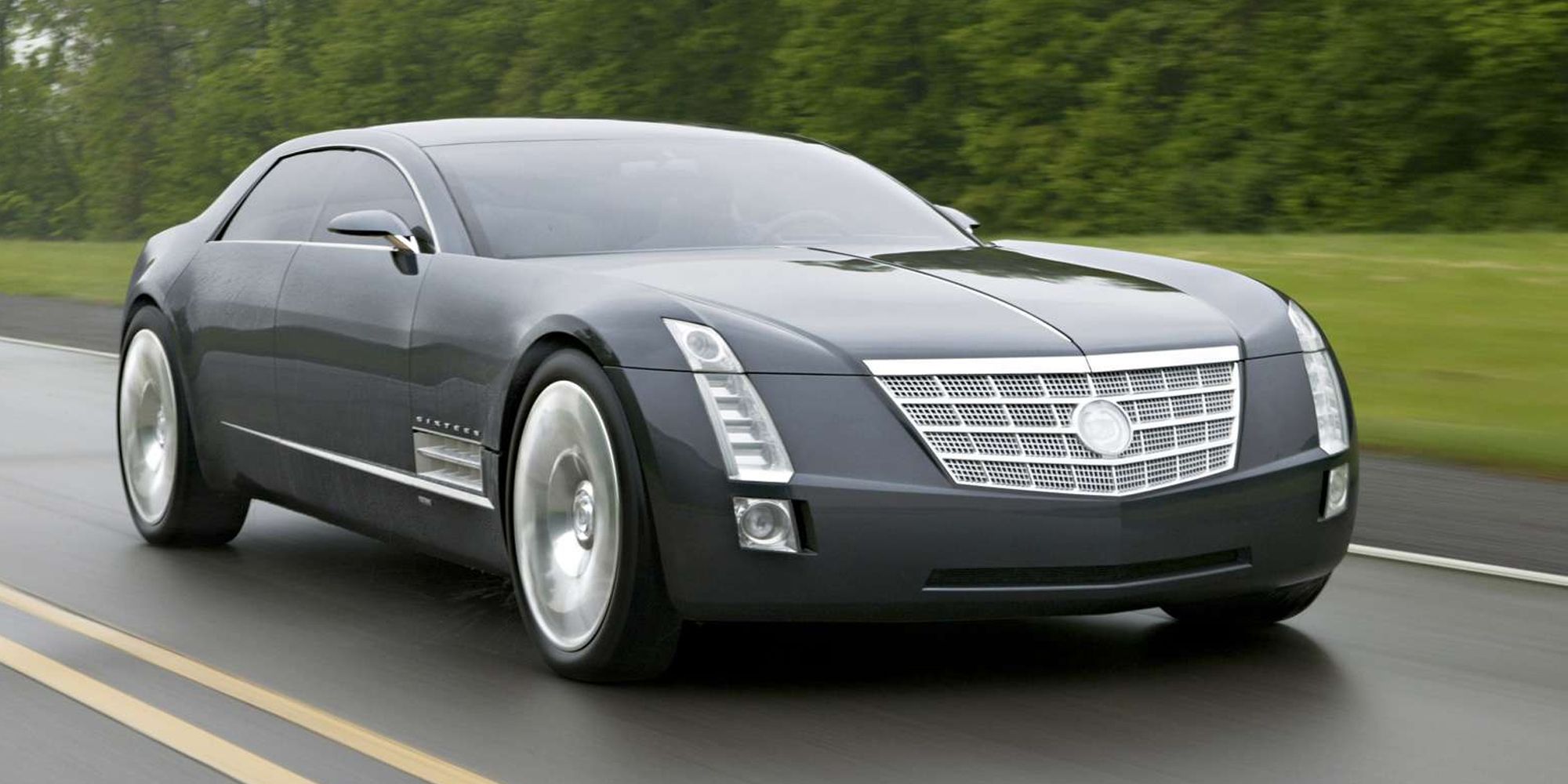
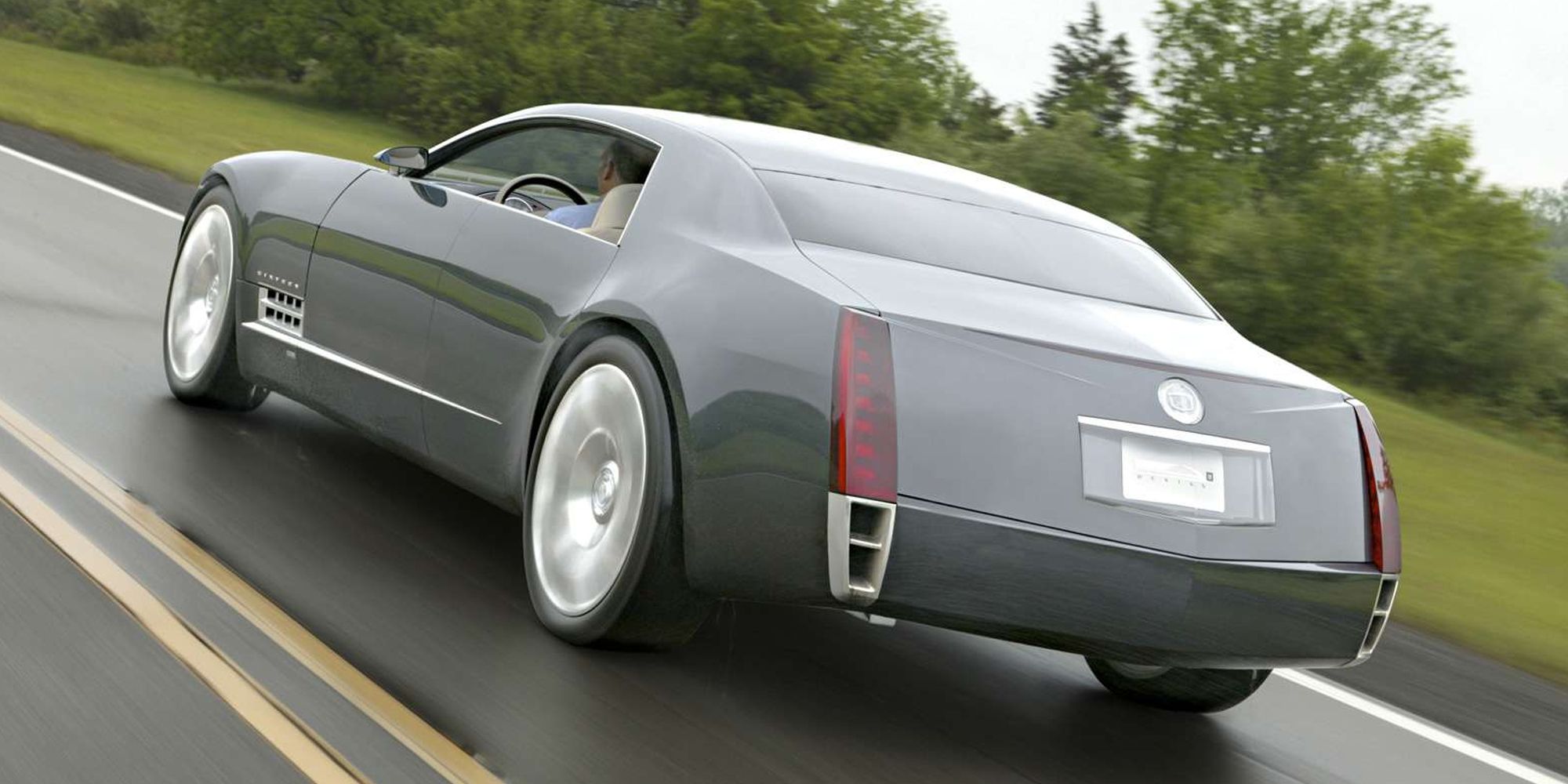
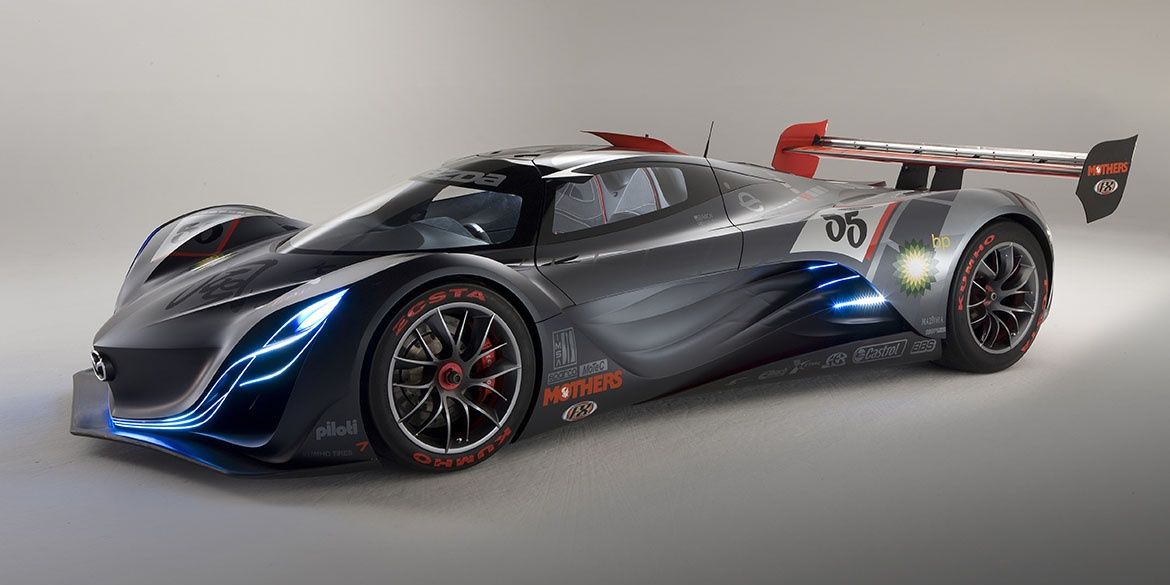
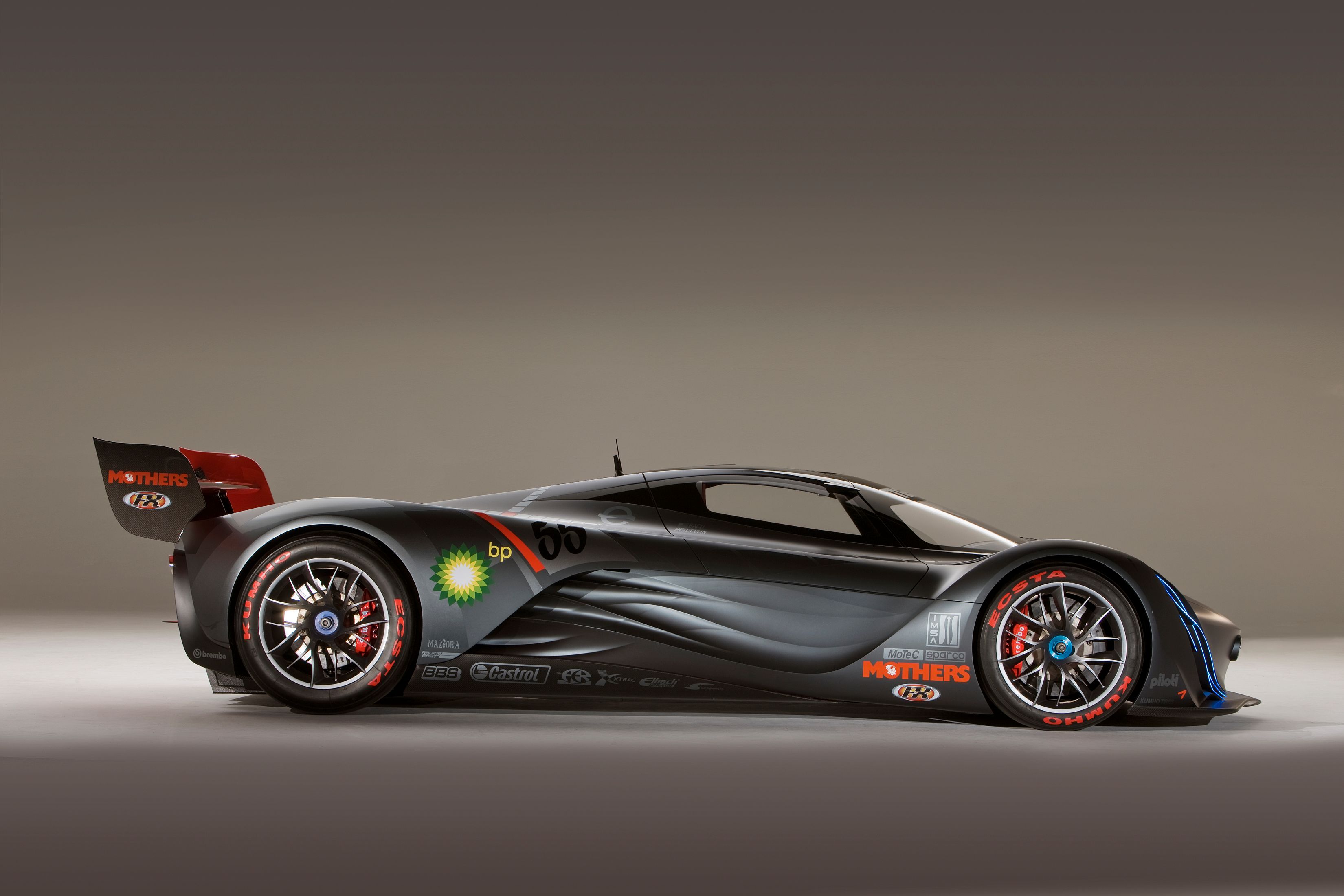
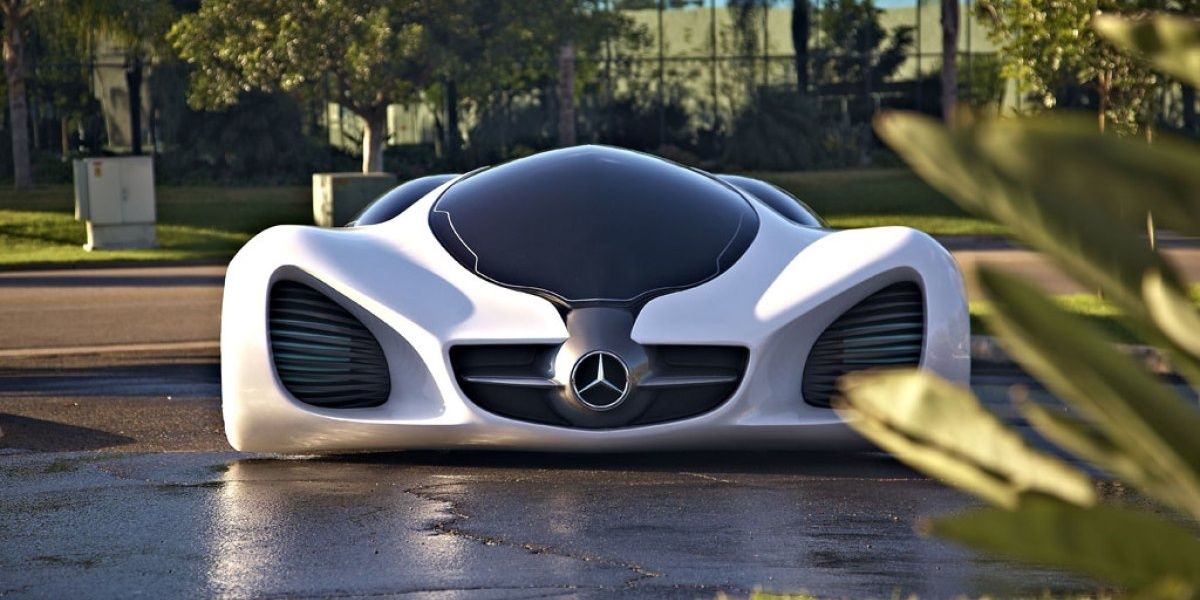
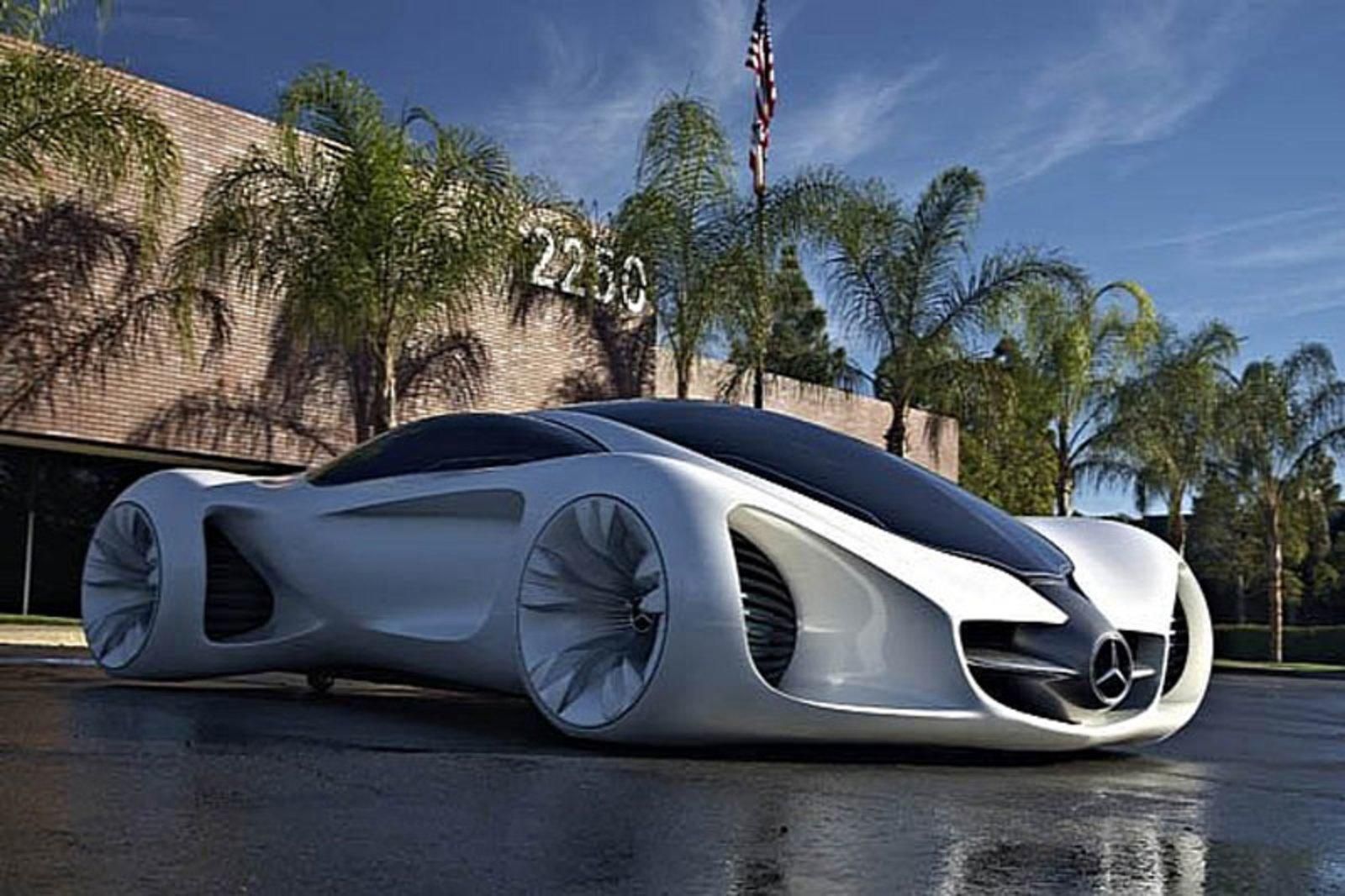
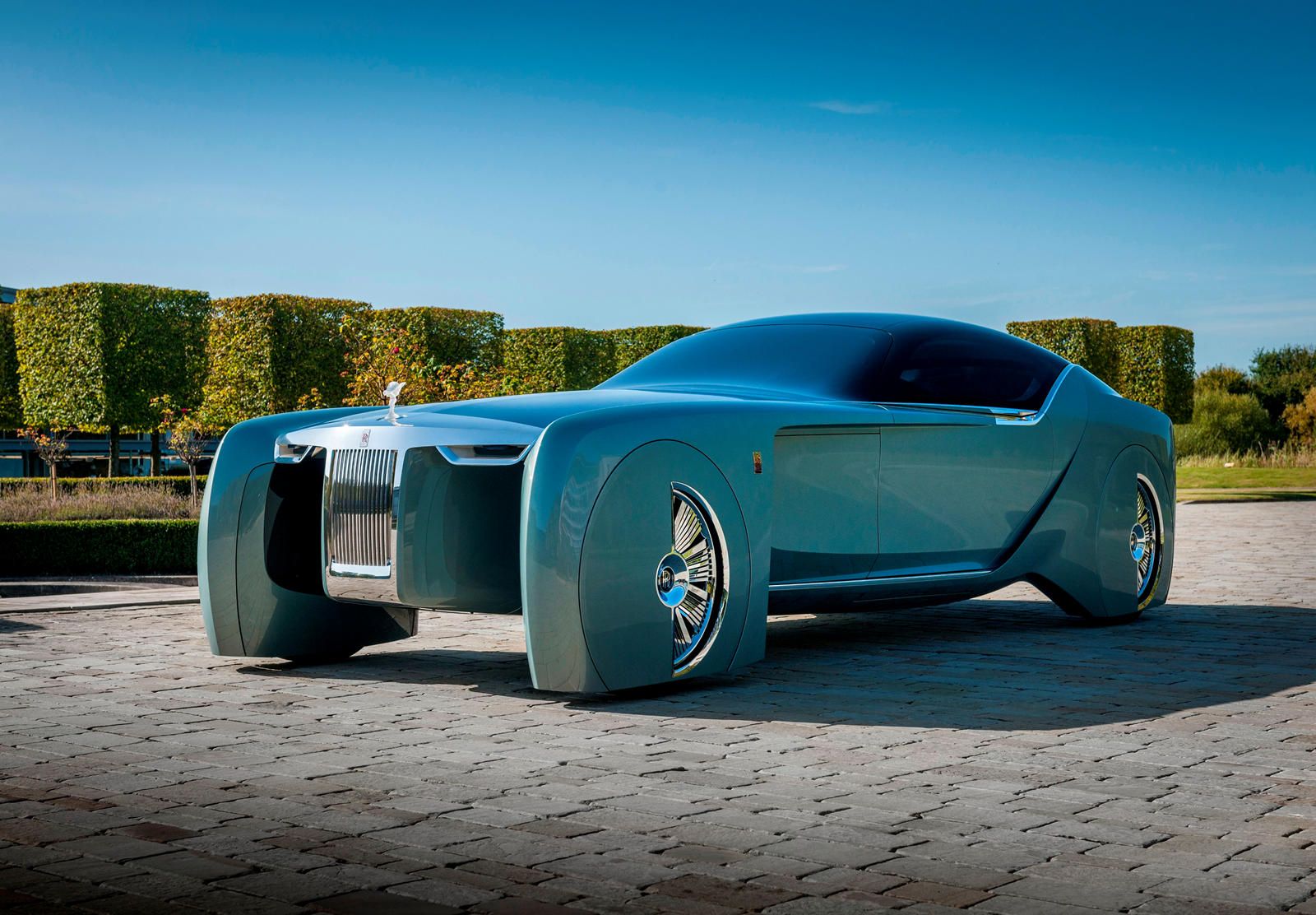
-2.jpg)